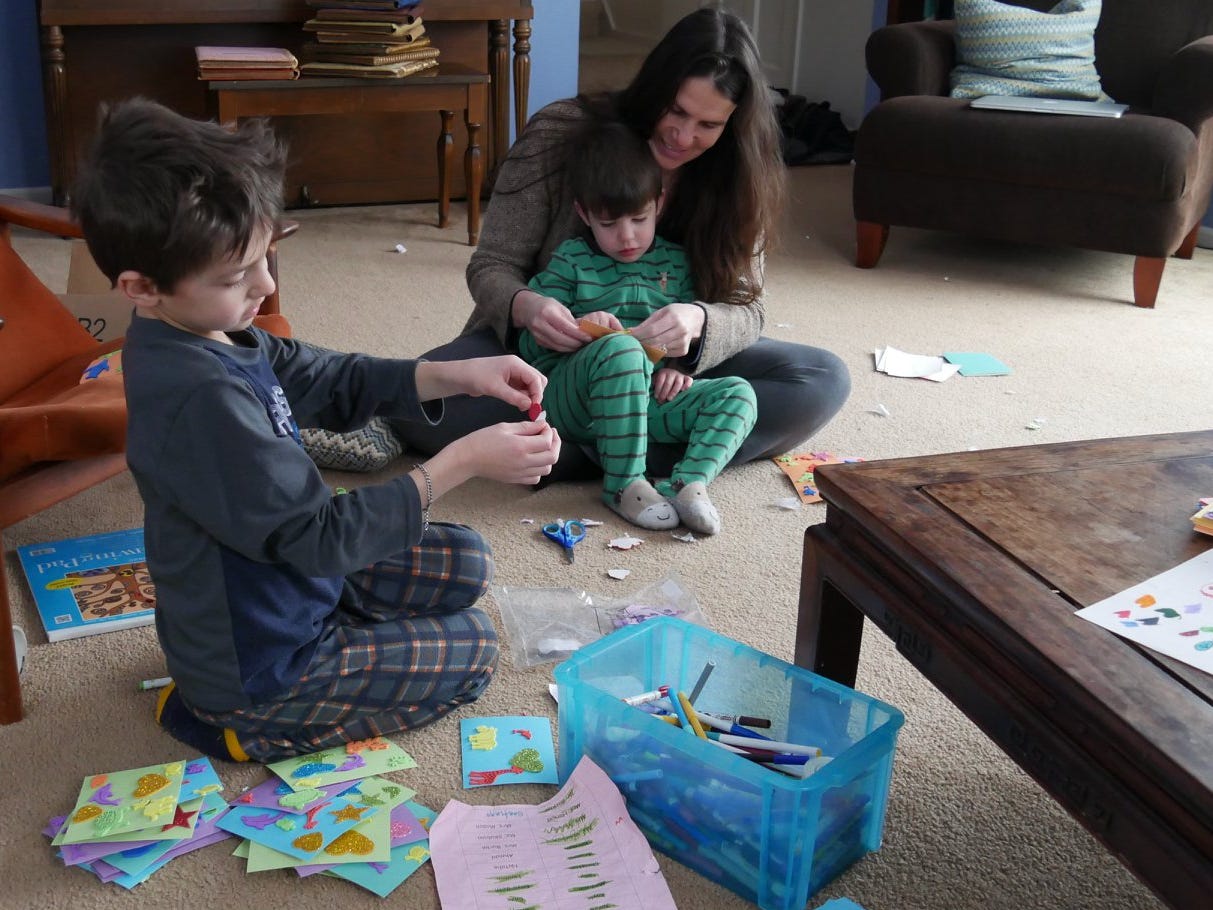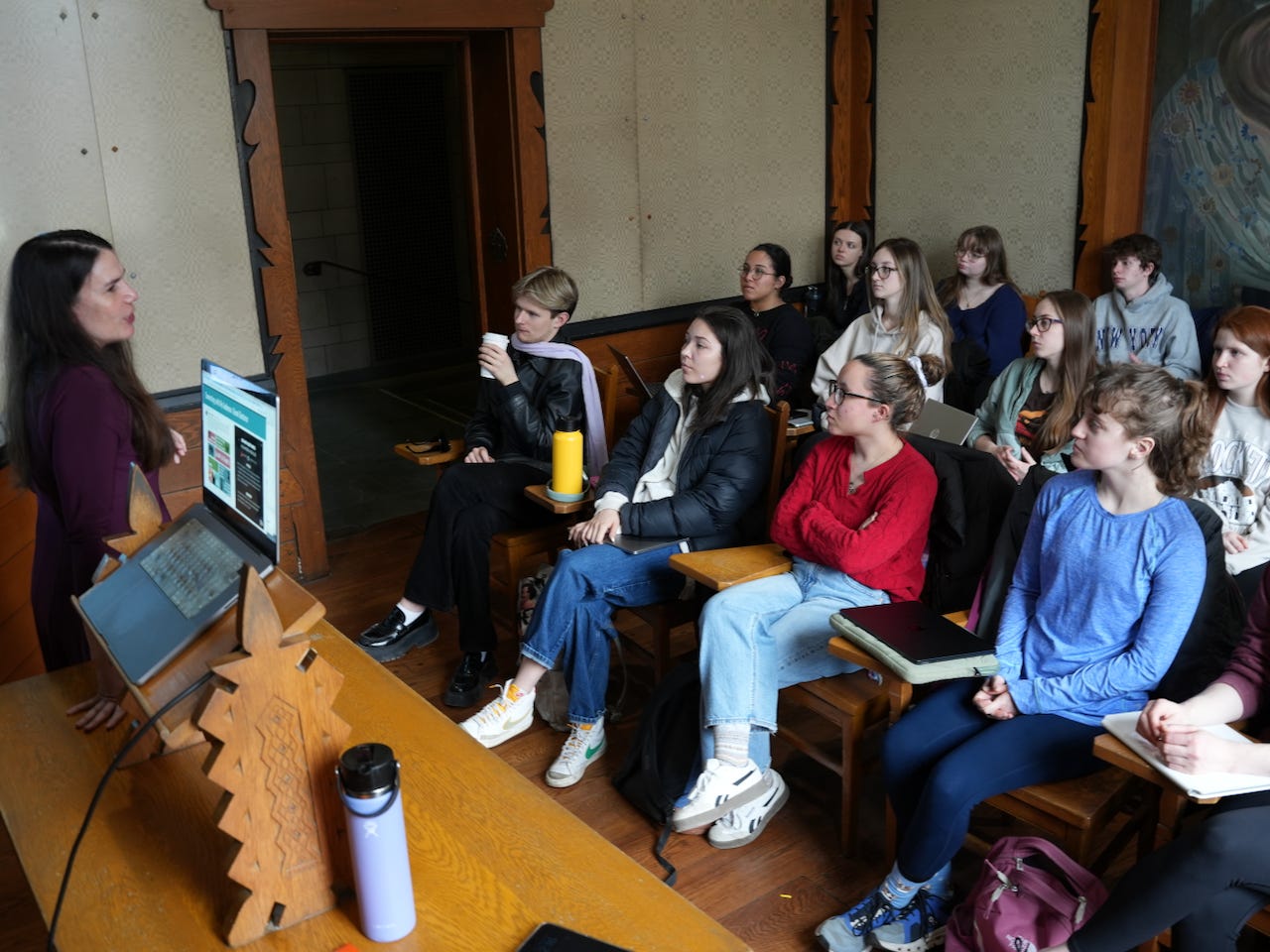When I decided to launch Love in Many Genres last Valentine’s Day, I didn’t realize that my Substack’s “birthday” would be forever tied to the quintessential Hallmark holiday. I chose the date because it felt like there was no better day than February 14 to start a venture called Love in Many Genres. Hallmark notwithstanding, Valentine’s is our culture’s holiday dedicated to love. Yes, the US has Mother’s Day, Father’s Day, and Thanksgiving, but those holidays funnel love toward one person or into a particular emotion—is gratitude an emotion? We’ll go with that. With its emphasis on romance, Valentine’s Day can also seem limited in scope. But I’d argue it’s a holiday that goes beyond our partners, or lack thereof.

Growing up in the eighties in Venezuela, Valentine’s Day wasn’t a Hallmark holiday—or much of a holiday at all. February 14 was a vague celebration named “El día de los enamorados y la amistad” (The Day of Lovers and Friendship). As far as I could tell, it didn’t come with its own rituals beyond roses and dinner for “lovers” and small gestures of appreciation (think hugs) between friends. Perhaps due to my lukewarm introduction to the holiday, I’ve never made a big deal of Valentine’s romantic incarnations. Every year, Nate and I drink champagne and eat strawberries and chocolate as we cuddle while watching a movie. No gifts, no dinners out, no sexy outfits. Nothing but sweetness, bubbles, and celluloid taking us somewhere (hopefully) delightful.
I love that ritual, and I hope to continue it for decades to come, but my most defining Valentine’s memories involve the boys. Once William and Santiago began going to preschool, Valentine’s Day became a big event for the Hidalgo-Bowlers. In late January, the boys would come home with a list naming every kid and teacher in their class. I resisted the ease of buying the pre-made Valentine’s sets. Instead, we’d spend a string of afternoons crafting dozens of cards, our living room overrun with stickers, markers, and colored notecards as we worked. Each classmate and teacher got an individualized card. If the boys knew someone well, we geared the card toward their tastes. If they didn’t, we did our best to make something cute for them anyway.
Their first growing-up step came when they could write their own name. Then as they began to master their letters, they’d write the names of the cards’ recipients—an initiative that added days to the project. Their efforts resulted in backwards Rs, smeared ink, and wrinkled faces at the exertion of making their hands perform the unnatural task of writing. But we got it done, and when the big day came, they took their hard work to school. They arrived home proudly clutching paper bags brimming with cards. Nothing beat the cards that came with candy. Though heart-shaped erasers, pastel-colored marker sets, and tattoos had their own place of honor in the Valentine’s pantheon.

I don’t know if our cards made any kind of a splash for William and Santiago’s classmates, but I loved the work we put into making them and the fact that not one card was like the other. The boys made cards for themselves too (self-love matters!), and I got a kick out of looking at our experiments surrounded by everyone else’s interpretation of the holiday.
The way Valentine’s Day is introduced to school children is commendably egalitarian: everyone in your class is deserving of love. You give everybody a card and every card you get goes in the same bag. Every paper, candy, and toy version of love is welcome to populate the bag you bring home and pore over for weeks to come. Yes, Valentine’s Day gets more complicated and exclusionary as kids leave elementary school, but then again… what doesn’t?
My hope is for Love in Many Genres to embody the childhood bags of wonder my boys used to bring home on Valentine’s Day: disparate explorations of affection for you to visit and revisit. Thanks to your comments, likes, and emails, this publication feels as democratic and reciprocal as the Valentine’s cards my boys used to get—and on the first anniversary of this venture, I want to thank you for that. Writing without readers is no fun. You’re the reason this publication exists, and I feel infinitely fortunate to share these stories with you.
Here's a love story I hope you’ll enjoy, since my husband Nate and I made it with you in mind. As we’re about to celebrate our 26th year together, we decided to expand our Valentine’s traditions to asking each other some burning love questions:
Musings on Raising Bilingual Children
Fellow Pitt faculty Camila Pulgar Machado generously invited me to her "Women's Narratives in Latin America" class, and it was a joy to share my "Using Filmmaking, Fiction, and Memoir to Find the Heart of Hybrid Immigrant Identities" presentation with her students. They had a world of brilliant and insightful questions about the presentation and my video essay on William’s early resistance to learning Spanish:
Stories that Transfixed Me (and May Transfix You)
Always up for an experiment, I’m trying my hand at book recommendations à la TikTok’s BookTok. Here’s my trio of Valentine’s Day reading suggestions:
Tell Me Everything by Elizabeth Strout
This Oprah’s Book Club pick was my introduction to Elizabeth Strout’s universe, and what a universe it is. Whether (like me) this was your first time in Shirley Falls, Maine, or whether you’ve been reading about its inhabitants for years, Tell Me Everything is like getting into a scented bathtub filled with the most ingenious and satisfying prose and dialogue. Yes, there’s plenty of darkness (an unsolved murder, for starters) and that darkness might be what kept me from Shirley Falls in the first place. Yet the characters and the town are so well drawn and generous that you may even consider moving to fictional Shirley Falls just to listen to these people talk, and well… tell you everything.
Sean Baker is a master of crafting stories about hustlers in the literal (sleeping with others for money) and metaphorical (doing what it takes to pay the rent) sense. He’s also a master of giving his hustlers a heart of gold. Or at least a heart of innocence. In Tangerine and The Florida Project—and now in Anora—Baker gives us characters split between their belief (couched in endearing naiveté) that they deserve better and their hope that they’re charming, smart, and alluring enough to get it. In Anora, our protagonist Anna (Mikey Madison) is a stripper who becomes a Russian-oligarch-Cinderella bride, only to be abandoned to the whims of the (disarmingly hapless) mob. A victim? Not Anna. The cards may be stacked against her, but she’s got an Ace up her sleeve, and we’re hoping she gets a Royal Flush. She probably won’t, but that doesn’t stop her. She’s a hustler after all. I hope the film hustles itself a couple Oscars. It’s my favorite of this year’s fantastic and awe-inspiring offerings.
Your Turn
What are you doing for Valentine’s Day? Do you see it as a democratic or a Hallmark holiday? Or some blend of the two? What are your favorite love questions? Which are your Oscar favorites?







The Substance!! Let's gooooo!
I love how you guys create so many rites and rituals through the year. I always think of you on the winter solstice. In fact, I can never remember if it was then or new year with the whole ritual of writing wishes for the new year on paper and burning them. And eating arepas! Or did I muddle that ALL up entirely?! Anyway: I remember you at both winter solstice AND new year now 😍😍😍